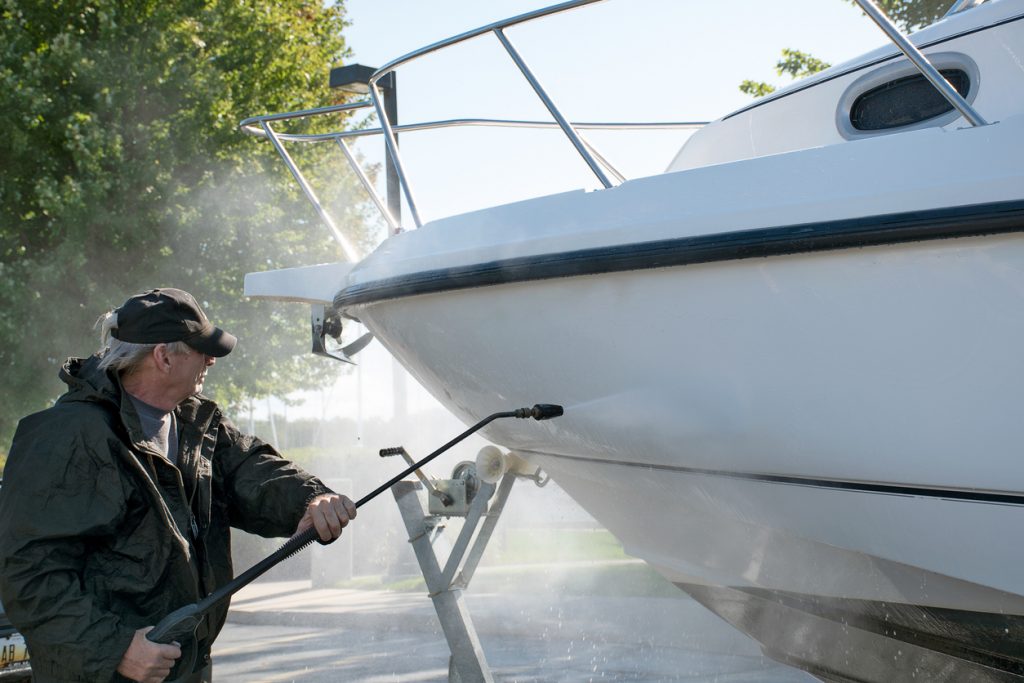Painting a fishing boat not only enhances its appearance but also protects it from the harsh marine environment. To achieve a durable and visually appealing finish, several key techniques and tips can be employed. Understanding these can help ensure your boat remains in top condition and stands out on the water.
Preparation is Key
The first step in painting a fishing boat is thorough preparation. Begin by cleaning the boat’s surface to remove any dirt, grime, or old paint. Use a high-pressure washer for the best results, followed by scrubbing with a marine-grade detergent. After cleaning, inspect the surface for any damage or imperfections. Sanding is crucial here it removes old paint, smooths the surface, and promotes better adhesion of the new paint. For fiberglass boats, use a coarse-grit sandpaper followed by a finer grit. Metal boats require rust removal and sanding to ensure a clean, smooth surface.

Choosing the Right Paint
Selecting the appropriate paint is vital for both durability and aesthetics. Marine paints are designed to withstand the harsh conditions of the sea, such as salt, UV rays, and constant exposure to water. There are various types of marine paints, including enamel, polyurethane, and epoxy. Enamel paints are known for their glossy finish and ease of application, but they may not last as long as polyurethane or epoxy paints. Polyurethane paints offer excellent durability and resistance to UV damage, making them ideal for long-term use. Epoxy paints provide superior protection against moisture and corrosion but require careful application to avoid issues like bubbles and uneven surfaces.
Applying the Paint
Once you have chosen the paint, the next step is application. Begin with a primer designed for marine use. A primer provides a base layer that improves paint adhesion and enhances the durability of the finish. Apply the primer evenly, and allow it to dry completely before proceeding to the topcoat. For the topcoat, use a brush or roller for small areas and a spray gun for larger surfaces. When using a brush or roller, apply the paint in long, even strokes to avoid streaks and ensure a smooth finish. If using a spray gun, maintain a consistent distance from the surface to achieve an even coat. Multiple thin coats are preferable to a single thick coat, as they dry more evenly and reduce the risk of drips and runs.
Finishing Touches
After the final coat of paint has dried, inspect the surface for any imperfections such as bubbles, runs, or uneven areas. Light sanding and additional coats may be necessary to correct these issues. To protect the paint and maintain its appearance, apply a marine-grade topcoat or clear sealant. This layer adds extra protection against UV rays and water damage, ensuring that the paint job lasts longer.
Maintenance
To keep your fishing boat looking its best, regular maintenance is essential. Clean the boat frequently to remove salt and grime, which can deteriorate the paint over time. Inspect the paint for any signs of wear or damage and address issues promptly to prevent further deterioration. 10+ Fishing Boat Painting Tips is needed to maintain the boat’s appearance and protection.
